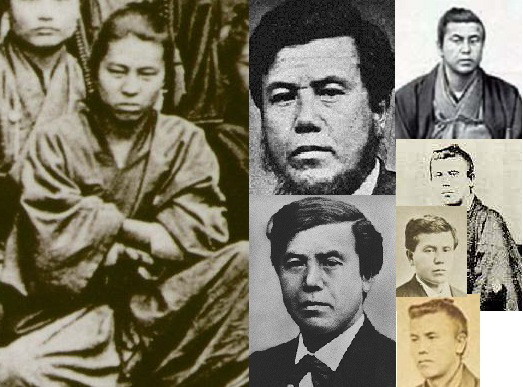 |
|
by Kino with editorial additions by Yair Davidiy |
|
Brit-Am Note. Were The Native Jomon of Japan Edomites? Was the Real Emperor of Japan Switched by Another? The Racial Structure of the Japanese. Dan, Phoenicia, and Nestorian Christians. Is there an anti-Israelite Agenda Behind non-Brit-Am Identifications? Photos of the Meiji Emperor and Samurai. Photos of the Japanese Ainu People. Photos of Ainu and Andaman Islander.
Were The Native Jomon of Japan Edomites? Hello. I am a Japanese woman. Thank you for all the information. I have just started learning from your website. The Japanese are considered to be a combination of Jomon and Yayoi (the Yamato dynasty) races. The Jomon were in Japan first and then followed the Yayoi who arrived from Asia via Korea. The Jomon may have given rise to the Izumo or Idumo dynasty. The Jomon were related to the Ainu in the north and to elements in the south such as the inhabitants of Okinawa. I should check all the Chronicles of Japan but I think the IZUMO (originally written IDUMO) may equal the tribe of EDOM. The natives of Okinawa and the Ainu are considered to be from this same Jomon (original Japanese) stock. These people are more hairy and their faces are more chiseled than the average Japanese. I think their skin colour is usually darker though some are much whiter possibly due to influence from Russia. The IZUMO were famous for iron manufacture. The northern island of Japan used to be called EZO which is similar to Esau? Was the Real Emperor of Japan Switched by Another? [From 1603 to 1863 Japan had been ruled by the Tokugawa shogunate who were a group of Samurai centered on Tokyo. The Emperor had been merely a figurehead but in 1863 his supremacy was re-asserted. Henceforth Japan was ruled by an oligarchy from the south-west. The aim was to modernize and aggrandize Japan and to counter Western (especially American) interference and influence.] The IDUMO peoples had formerly been conquered by the Yayoi but it has been claimed they won back their position at the MEIJI-ISHIN (restoration of Imperial power in 1868) some say secretly replacing the emperor with one of their own. [ Guido Herman Fridolin Verbeck (born Verbeek, 1830 - 1898) was a Dutch political advisor, educator, and missionary active in Bakumatsu and Meiji period Japan. He was one of the most important (foreign advisors) serving the Meiji government and contributed to many major government decisions during the early years of the reign of Emperor Meiji. ] There is a photo in which Dutch missionary Guido Verbeck and lots of famous samurais are gathered together (when they were really young), which is considered to have been impossible because they reportedly were hostile to each other at that time. I checked the individuals one by one and I am sure the depictions are real and of famous samurais though the photo is said to be not real but fabricated. I am attaching some of my comparisons. The second photo (below) depicts the Meiji Emperor. The other photos are of famour Samurai. The focal point is the young MEIJI emperor who is in the group photo, which means he was a member of the restoration party and he is said to have been from the southern dynasty which was associated with the Izumo. According to a self-proclaimed grandson of the Meiji Emperor, the missionary Guido Verbeck and the Meiji Emperor both believed in Japanese-Israelism. Some Japanese priests at that time also believed in Japanese-Israelism. Here is the photo. http://www.nextftp.com/tamailab/ photo/pic/verbeck.jpg For More photos, See below. The Racial Structure of the Japanese. Then who were the original dynasty, of the Yamato in the north and center, who created Japan as we know it? The Yamato are associated with the so-called HATA family. [The Hata were descendants of the Chinese Han dynasty who found refuge in Japan and served the ruling Yamato clan. The Yayoi (Yamato) were originally a group amongst the northerners but in modern terminology the name is applied to the dominant Japanese element in general as distinct from the Jomon. The Yayoi are described as "elements of the Northeast Asian, Chinese and Korean civilizations".. "introduced to the Japanese Archipelago in waves of migration." According to Craig White (who refers to them as Okayama) they are taller, whiter, and more European-looking than the rest. They came from Korea and Manchuria and were "Bronze Age conquerors from Central Asia". To further complicate matters they include elements of Malayo-Polynesian origin. [DNA studies indicate that ca. 36% of Japanese are on the male side D2 which is associated with the Ainu of the north and Ryukyans (Okinawa type) of the south. It is only found in Japan. Its closest relatives are scattered around very specific regions of Asia : the Andaman Islands (between India and Myanmar), Indonesia (only a small minority), Southwest China (mostly among the Qiang ethnic group), Mongolia (also a small minority) and Tibet. Wikipedia reports that More than of the Japanese 50% are Y O3 and O2 which is also dominant amongst the Chinese and peoples of South-east Asia. Another source says, See: http://www.wa-pedia.com/history/ origins_japanese_people.shtml About 54% of paternal lineages and 66% the maternal lineages have been identified as being of Sino-Korean (Yayoi) origin. Roughly speaking, the more indigenous Jomon element are D2 whereas the dominant Yayoi are O3 and O2. The higher percentage of Yayoi females to males suggests a perponderance of Jomon male unions with Yayoi females in the past. Many of the Jomon must have taken Yayoi women indicating that at some stage they must also have dominated though later were displaced. The Jomon are closer to the Tibetans and neighboring peoples of southwest China, Andamans (i.e. Negritos off the coast of India and Burma). The Jomon include the Ainu. The Ainu are also called Ezo in historical texts. References to the Ezo-Ainu in the past may have referred to the Jomon in general. The Yayoi originally came from Central Asia but passed through China, Manuchuria, and Korea. Even though the Jomon are associated with the original natives of Japan we cannot exclude the possibility that some of them arrived from Asia at a later date. ] Dan, Phoenicia, and Nestorian Christians. As stated the Hata were advisors to the Yayoi who came from Asia and ruled Japan at the beginning. The Hata may be descendants of the Korean Dan-gun, of the first Korean kingdom. The Dan-gun are said to have had connections to the Phoenicians. The HATA family's most important shrine is called HUSHIMI like Hushim, a son of Dan. They had previously been in China. Later in japan they built a Buddhist temple which could be associated with KEIKYO i.e. Nestorian Christianity. [ Nestorianism believed in two separate natures (human and divine) in the one person of their Messiah. It was named after Nestorius, Patriarch of Constantinople from 428-431 CE. Nestorians for a while were centered in Syria and Mesopotamia then moved to Iran, Central Asia, and China. Some branches had adopted Hebraic customs. Claims of Israelite origin in some areas may be associated with the historical presence of Nestorian Christianity.] There are lots of evidence that the HATA family believed in KEIKYO. Some descendants of the HATA lived in the Kochi-prefecture which was on Shikoku Island located south of Honshu (the mainland) and east of the island of Kyushu. Some Kochi people look like Caucasians. On the other hand, others of the Kochi people look like Tibetans so it may be confusing. Is there an anti-Israelite Agenda Behind non-Brit-Am Identifications? There are lots of people who write Japan is one of the lost tribes. Even an Israel Rabbi wrote that Shintoism has similar customs to Judaism. Judging by their their websites I feel they are misinformed and misinforming. Do they have an agenda? What is this movement all about? Are they deliberately collecting non-Israelites on purpose from all over the world? To diminish the Ashkenazi component in Israel? Thank you for reading. Sincerely, Kino. | |
|
Send us Your REACTIONS TO, AND COMMENTS ON, THE PRESENT ARTICLE! See Also: The Japanese are not Hebrews! |
 |
 |
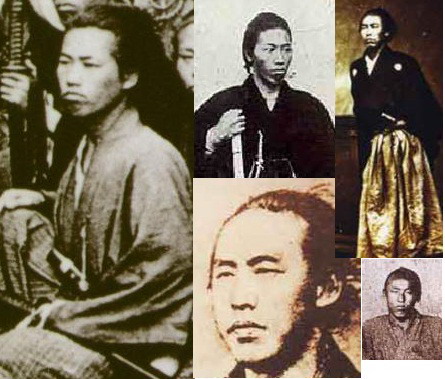 |
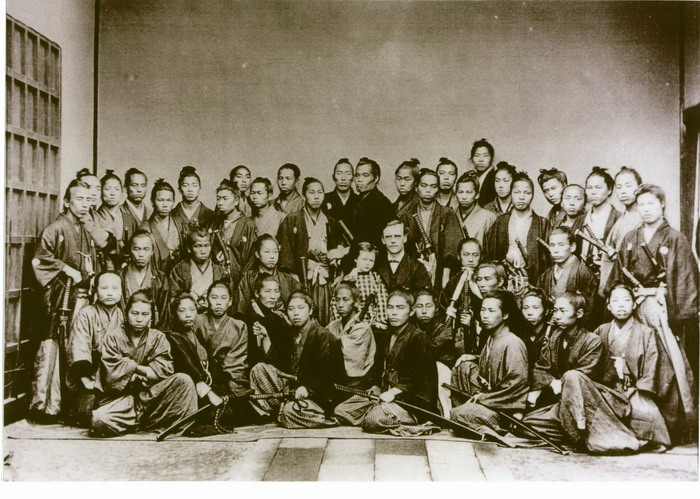 |
 |
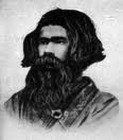 |
 |
 |
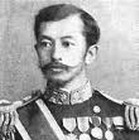 |
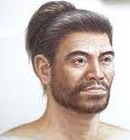 |
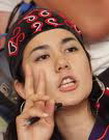 |
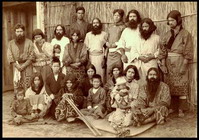 |
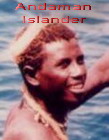 |
 |